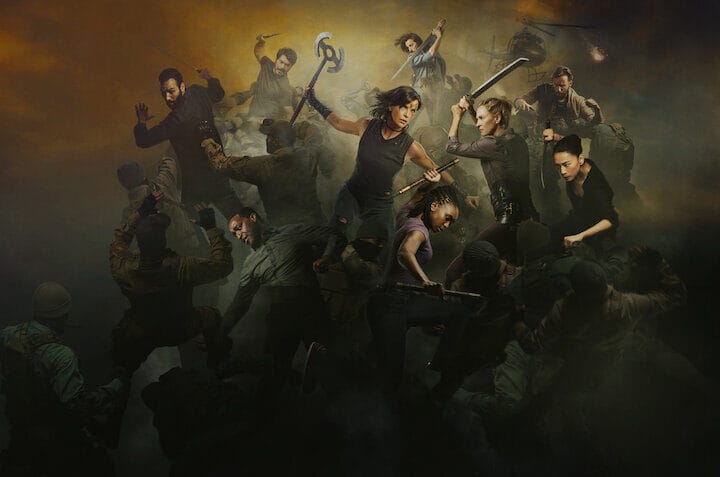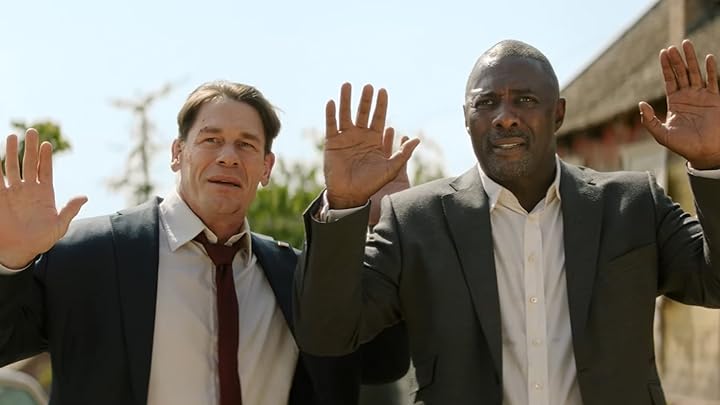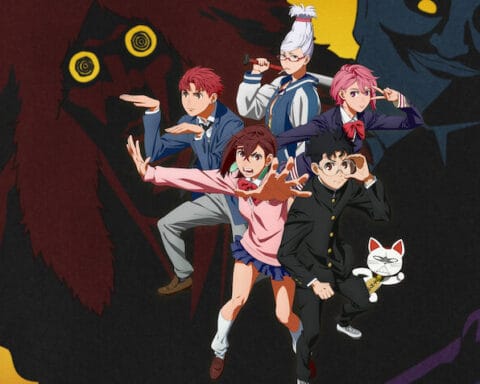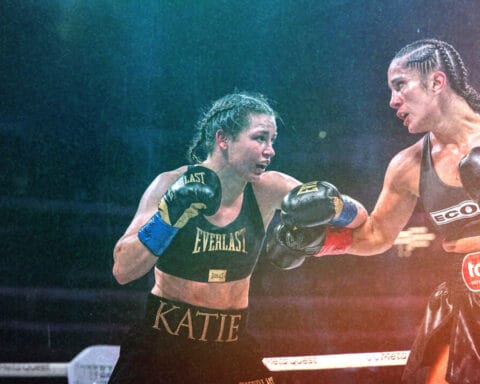For movie-lovers, few directors compare to Quentin Tarantino.
His movies are characterized by their unique blend of style, humor and violence. He has been a major force in the film industry for over two decades, with his iconic works like Pulp Fiction and Reservoir Dogs quickly becoming classics. His most recent film, Once Upon a Time in Hollywood, was a critical success and earned him his second Academy Award for Best Original Screenplay.
Whether you’re a fan of his work or just want to know more about his movies, this guide will give you an A-Z breakdown of Quentin Tarantino’s films. We’ll cover everything from their plots and themes to their cast and crew members. So hop in and get ready to explore the world of Quentin Tarantino!
Quentin Tarantino’s Early Career and Breakthrough
Quentin Tarantino is an American director and writer who brought unique storytelling and dialog that has made him an icon in film history. His career began in the late 1980s when he was working at the video store, Video Archives, in California.
During this time, he talked to customers about movie recommendations and began writing scripts for his independent films, some of which would go onto become movie masterpieces. In 1992, Tarantino wrote and directed “Reservoir Dogs”—the movie that would put him on the map and be his breakthrough into Hollywood. He followed this with iconic movies like “Pulp Fiction” (1994), “Jackie Brown” (1997) and “Kill Bill” (2003-2004).
Tarantino’s style is distinctive in its dark humor and unforgettable quotes. He often pays homage to other films by using references from them or reusing props or actors from other movies that are part of that project. His screenplays are often considered more than just simple stories; they are complex tales with a mix of genres that are full of irony, shock value and subtlety.

Quentin Tarantino Movies: A Closer Look
If you’re a fan of Quentin Tarantino movies, then you know that they are always highly stylized and full of wit and unexpected plot twists. All of his films have been praised for their originality and creative styles, from the Western film “Django Unchained,” to the World War II film “Inglourious Basterds.” No matter what genre he tackles, Tarantino always manages to make it his own.
What makes Tarantino’s films unique is how accurately he presents characters in a variety of genres, such as action, drama, and comedy. His ability to blend genres together makes for entertaining and thought-provoking cinema. This is why his movies often contain scenes that questions our assumptions about heroes, villains, and moral relativism.
Each movie also has a signature color palette which further enhances the movie’s atmosphere and storytelling. From the bright hues in “Reservoir Dogs” to the rich earth tones in “The Hateful Eight,” each color palate perfectly encapsulates the mood of each film and provides an immersive viewing experience.
No matter if you’re an experienced cinephile or just discovering Quentin Tarantino movies for the first time, one thing is certain – they will keep you on edge until the very last frame!
Portrayal of Women in Quentin Tarantino Films
Quentin Tarantino has a signature style that has become unmistakable in his films. His use of violence, intriguing plot lines and black comedy, as well as his female characters, all help to flesh out his unique style.
Compelling Female Characters
Although some may criticize Quentin Tarantino for writing one-dimensional female characters or relying on gratuitous violence, others view his female characters as nuanced and multi-faceted. In the ‘Pulp Fiction’, Uma Thurman gives an unforgettable performance as Mia Wallace—a strong and resourceful woman who outwits the men she comes across.
In other films such as ‘Kill Bill’ and ‘Inglorious Basterds’, you can see how Tarantino celebrates strong female protagonists who challenge traditional Hollywood stereotypes. He also gives space to lesser-known actresses in less prominent roles, letting them shine regardless of their own gender identity.
Complicated Narratives
As well as giving a voice to women in his movies, Tarantino’s stories often detail layered stories about power dynamics between men and women, subverting the expectations of typical Hollywood romances by showing strong women taking control of their own lives.
Tarantino also isn’t afraid to explore difficult topics such as domestic violence in his films; he challenges us to think about these issues without shying away from them entirely. His complex narratives give us new perspectives on gender roles and how they’re depicted on screen.
The Music of Quentin Tarantino Films
Music has always been an integral part of Quentin Tarantino’s films. He uses it to convey emotion, provide comedic relief and set the mood of his movies. From the classic rock nu-metal tunes of “Kill Bill: Vol. 1” to the sweeping score of “Inglourious Basterds,” music plays a crucial role in creating the atmosphere for each scene.
Tarantino’s use of existing music reflects his appreciation for different styles and genres, from the surf rock of Dick Dale to spaghetti westerns by Ennio Morricone. He often uses tracks from forgotten records, giving them a new life in his movies.
But he also uses original music composed for his movies. In “Pulp Fiction,” he enlisted Kool & The Gang to re-record much of their classic track “Jungle Boogie” as the main theme for the movie’s dance sequences. In “Kill Bill: Vol 2,” he tapped RZA to create original beats used throughout the film.
Overall, Tarantino’s use of music serves as an audio commentary on what is happening in each scene, thus heightening its visual impact and making it all that more memorable.
Visual Style of Quentin Tarantino Movies
Quentin Tarantino’s films are known for their vibrant and often over-the-top visual style. Using a combination of low and high angles, close-ups and wide shots, Tarantino creates an immersive world that the audience can’t help but be drawn into. This is achieved through his use of:
Color Palette
Tarantino has a signature approach to how he paints the scenes of his films with bright colors. He often uses contrasting colors as a visual metaphor for tension in his films, such as the red of blood or the yellow and blue hues used in Kill Bill Vol 1.
Lighting
Tarantino loves to use natural light alongside artificial lighting to create unique shots that draw the audience into the action. This technique is used to great effect in his films such as Once Upon a Time in Hollywood or The Hateful Eight, allowing viewers to be truly immersed in his distinctive world.
Lastly, Tarantino knows when to allow elements of chance into each shot, creating an unpredictable energy that leaves viewers on the edge of their seats. From Reservoir Dogs to Inglourious Basterds and beyond, this filmmaker’s visuals have become iconic – just like each of his masterful movies.
Legacy of Quentin Tarantino
Quentin Tarantino has been making movies that captivate audiences for more than two decades. His unique style of filmmaking and writing has earned him countless awards and recognition in the entertainment industry.
Tarantino’s legacy lies in his ability to create complex characters with multi-dimensional stories that challenge our perceptions of reality. From Kill Bill to Pulp Fiction to Inglourious Basterds, Tarantino is known for blending genres, exploring the human condition, and creating darkly humorous situations.
His work has inspired a new generation of filmmakers and writers, with several of his movies now considered cult classics. His impact on popular culture can also be seen in the number of references to his films on television shows, music videos, and other media outlets.
Tarantino’s influence is also evident in the way he blends different elements into his films—from soundtracks to dialog to costume design—creating a unique experience that is both entertaining and thought-provoking.
The best part about experiencing the work of Quentin Tarantino is knowing that he will continue to surprise us with each new project, maintaining his legacy as one of the most influential filmmaker’s of our time.
From “Reservoir Dogs” to “Once Upon a Time in Hollywood,” Quentin Tarantino has made a name for himself in the film industry. His unique blend of characters, stories, and dialog has kept audiences captivated for decades and have made him a household name.
Whether you’re a die-hard Tarantino fan or just getting into his work, this guide has something for everyone. From classics like “Pulp Fiction” and “Kill Bill” to recent favorites such as “The Hateful Eight” and “Django Unchained,” there’s something for everyone in this guide. Get ready to learn everything there is to know about Quentin Tarantino’s masterful collection of films, and witness how his storytelling has captivated audiences for years.
Quentin Tarantino Quotes
Movies are my religion and God is my patron. I’m lucky enough to be in the position where I don’t make movies to pay for my pool. When I make a movie, I want it to be everything to me; like I would die for it.
When people ask me if I went to film school I tell them, ‘no, I went to films.
When I make a film, I am hoping to reinvent the genre a little bit. I just do it my way. I make my own little Quentin versions of them… I consider myself a student of cinema. It’s almost like I am going for my professorship in cinema, and the day I die is the day I graduate. It is a lifelong study.













